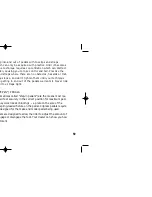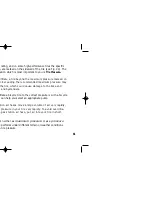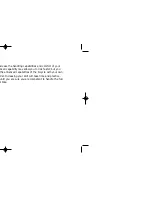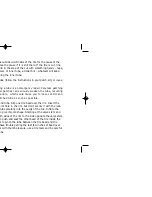
62
Inflating the tire to near its maximum recommended pressure gives the
lowest rolling resistance; but also produces the harshest ride. High pres-
sures work best on smooth, dry pavement.
Very low pressures, at the bottom of the recommended pressure range,
give the best performance on smooth, slick terrain such as hard-packed
clay, and on deep, loose surfaces such as deep, dry sand.
Tire pressure that is too low for your weight and the riding conditions can
cause a puncture of the tube by allowing the tire to deform sufficiently
to pinch the inner tube between the rim and the riding surface.
CAUTION: Pencil type automotive tire gauges and gas station air
hose pressure settings can be inaccurate and should not be relied
upon for consistent, accurate pressure readings. Instead, use a high
quality dial gauge.
Ask your dealer to recommend the best tire pressure for the kind of rid-
ing you will most often do, and have the dealer inflate your tires to that
pressure. Then, check inflation as described in Section 4.C so you'll
know how correctly inflated tires should look and feel. Some tires may
need to be brought up to pressure every week or two.
!
2000 owner's manual 10/27/99 10/27/99 11:16 AM Page 62
Summary of Contents for Bicycles
Page 108: ...4 ...
















































